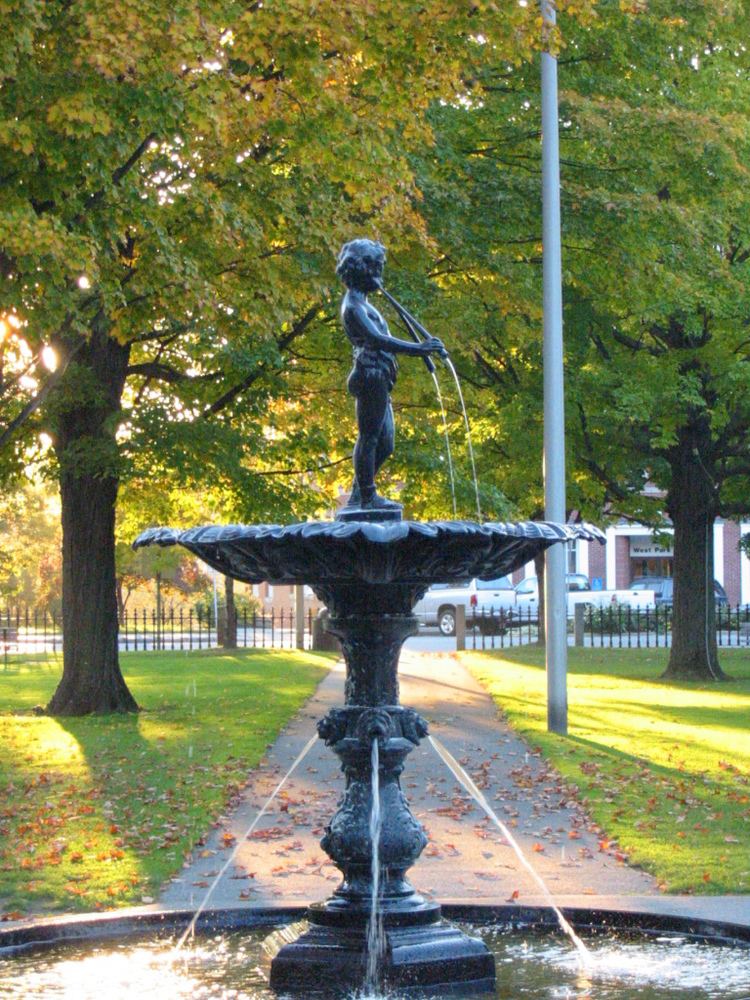Built 1792 (1792) Address Lebanon, NH 03766, USA Area 5 ha | NRHP Reference # 86000782 Opened 1792 Added to NRHP 10 January 1986 | |
 | ||
Location N., S., E., and W. Park Sts., 3 Campbell St., 1 School St., 1 Bank St., and 9-10 Lebanon Mall, Lebanon, New Hampshire Architectural style Chicago, Colonial Revival, Queen Anne Hours Open today · Open 24 hoursWednesdayOpen 24 hoursThursdayOpen 24 hoursFridayOpen 24 hoursSaturdayOpen 24 hoursSundayOpen 24 hoursMondayOpen 24 hoursTuesdayOpen 24 hours Similar Northern Rail Trail, Mascoma Lake, Great Smoky Mountains, Moose Mountain, Squam Lakes Natural S | ||
The Colburn Park Historic District encompasses the heart of Lebanon, New Hampshire. It consists of Colburn Park, a large rectangular park in the center of the city, the buildings that are arrayed around it, and several 19th century buildings that are immediately adjacent to those. The district covers 12 acres (4.9 ha), and was listed on the National Register of Historic Places in 1986.
Colburn Park is located a short way south and east of the Mascoma River, whose generally east-west route is interrupted by a semicircular bend to the north, within which lies the center of Lebanon. The park's origin is in 1792, when the land was donated by Robert Colburn as the site of the community's meeting house (church and town hall). Arterial roads were built to the area, and it began to develop as a commercial and civic center in the early 19th century. The Greek Revival First Congregational Church, designed by Ammi Burnham Young, was built in 1828, and a few early houses survive. The meeting house was moved in 1849 to the present location of City Hall.
Lebanon's central business district was struck by devastating fire in 1887, in which more than 80 buildings were destroyed. This did not directly affect the area around the park, but Lebanon's population continued to grow, and the business district expanded, resulting in the relocation of houses around the park, and the construction of a number of Victorian buildings around its perimeter. After the 1923 destruction by fire of the town hall, the area acquired a somewhat unified late-19th to early-20th century commercial and civic architecture.
